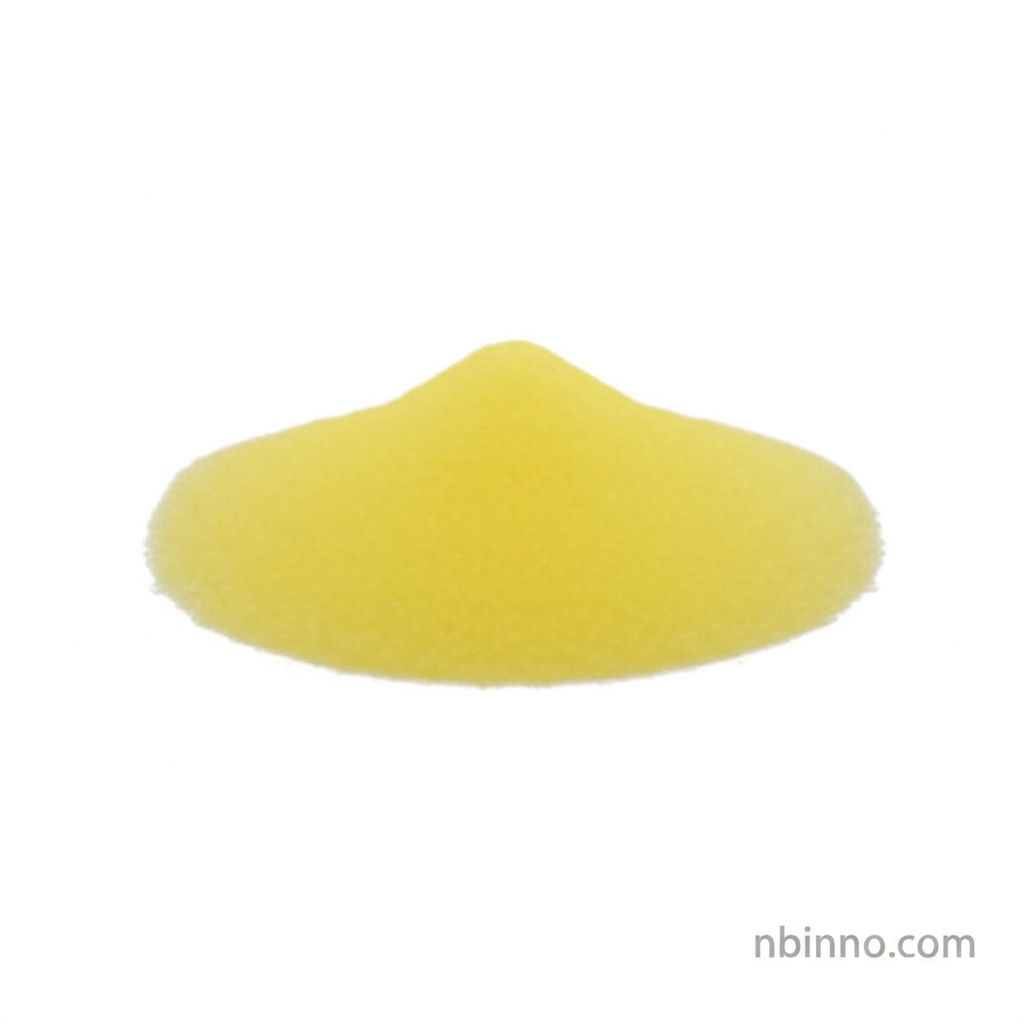3-Chloro-2-fluorobenzaldehyde: A Key Intermediate for Pharmaceuticals, Agrochemicals, and Materials Science
Unlock innovation with this versatile building block, crucial for advanced chemical synthesis.
Get a Quote & SampleProduct Core Value

3-Chloro-2-fluorobenzaldehyde
3-Chloro-2-fluorobenzaldehyde is a highly versatile aromatic compound, serving as a critical intermediate in the synthesis of a wide array of pharmaceuticals and agrochemicals. Its unique molecular structure, featuring both chlorine and fluorine substituents, significantly enhances its reactivity, making it an indispensable building block in complex organic synthesis.
- The use of 3-chloro-2-fluorobenzaldehyde in pharmaceuticals is vital for creating advanced drug candidates. Its incorporation can lead to enhanced biological activity and improved metabolic stability in fluorinated drugs.
- As a key component in agrochemical development, this compound contributes to the formulation of effective pesticides and herbicides designed for superior crop protection.
- In material science, it plays a role in the production of specialized polymers and resins, essential for manufacturing durable materials for diverse industrial applications.
- Researchers in organic chemistry highly value 3-chloro-2-fluorobenzaldehyde as a reagent, aiding in the development of novel chemical reactions and methodologies.
Advantages Provided by the Product
Enhanced Reactivity
The presence of both chlorine and fluorine atoms on the aromatic ring of 3-chloro-2-fluorobenzaldehyde provides unique reactivity, making it ideal for complex organic synthesis and facilitating various chemical transformations.
Pharmaceutical Efficacy Boost
Fluorinated drug development benefits significantly from this intermediate, as the fluorine atom can improve lipophilicity, binding affinity, and metabolic stability, leading to more effective therapeutic agents.
Broad Applicability
From synthesizing antitumor agents to developing obesity treatments, the compound's role as an intermediate for pharmaceutical intermediates and other specialized chemicals highlights its broad utility across scientific disciplines.
Key Applications
Pharmaceutical Synthesis
A crucial component in the synthesis of pharmaceuticals, particularly for developing novel drug candidates that require precise molecular structures for targeted therapeutic effects.
Agrochemical Formulation
Used in the agrochemical development process to create advanced pesticides and herbicides that offer improved efficacy and environmental profiles.
Material Science Innovation
Contributes to the creation of high-performance polymers and specialty resins, driving innovation in material science applications.
Organic Chemistry Research
Serves as a valuable reagent in organic synthesis building blocks, enabling researchers to explore new chemical reactions and methodologies for creating diverse organic molecules.
